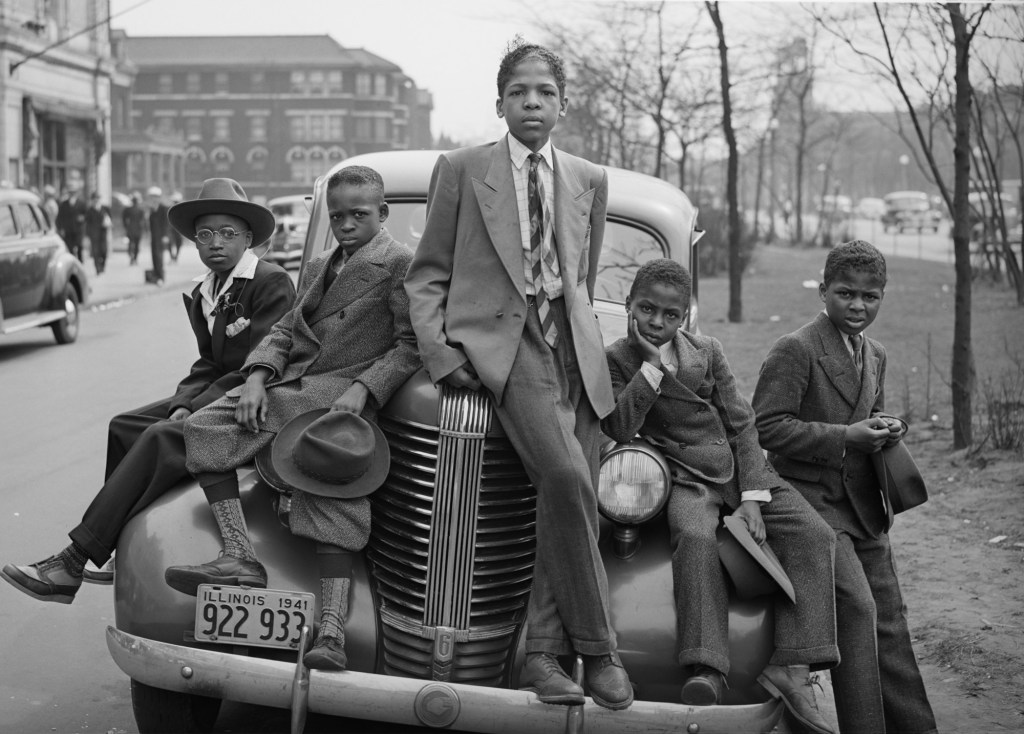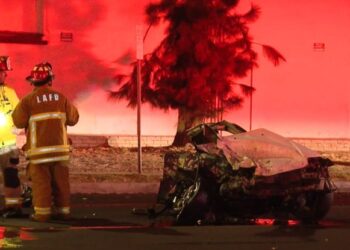A new exhibit from the Smithsonian Institution’s collection, opening this week at the Petersen Automotive Museum in Los Angeles, shows how Black American communities safely traveled and stayed connected through the Jim Crow era of segregation.
The exhibition, titled “The Negro Motorist Green Book,” opens at the museum on Saturday, Dec. 16.
The new exhibit showcases the travel guide — called the Green Book — which was first published in 1936 by Victor Green, a postal carrier from Harlem. For three decades, the guidebook helped African American communities safely travel the country during the Jim Crow era.
Many towns along the majority-white Bible Belt were known as “sundown towns,” which were historically known for upholding racial oppression by threatening or harming Black people and other minorities if they didn’t leave their towns by sundown.
Known as “the bible of Black travel,” the Green Book was used to show where the sundown towns nationwide, and identified services and towns that were more friendly and inclusive for Black people to visit or stay — usually Black-owned or Black-friendly businesses — during the mid-20th century.
The Negro Motorist Green Book “provides valuable insights into a pivotal moment in American history, and we are proud to welcome it to our museum,” said Petersen Automotive Museum Executive Director Terry L. Karges, in a news release. “Visitors will have the opportunity to explore how significant this guide was in providing community and safer travel for the Black community for three decades, and how it helped shape our history.”
The traveling collection includes artifacts, photographs and personal accounts of the guidebook’s impact, according to the release. It also shows the growth and impact of Black-owned businesses across the U.S., museum officials said. It was developed by the Smithsonian Institution and Candacy Taylor, an award-winning author, photographer and cultural documentarian.
An…
Read the full article here







